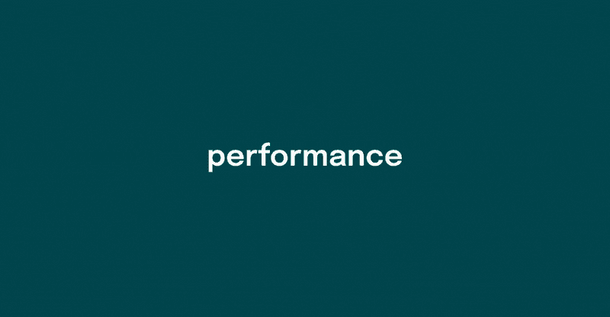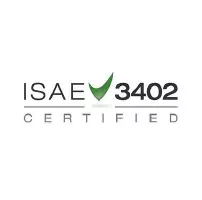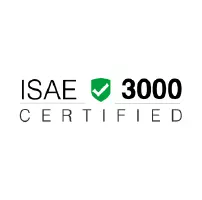Talk to anyone in the manufacturing industry and ask them what they prioritize most for their workers on the factory floor.
It doesn’t matter if it’s the CEO, an accountant, or a floor manager. Nine times out of ten, they’ll tell you that workplace safety is their number one concern.
Types of workplace safety hazards.
The US Occupational Safety and Health Administration has mapped out 6 types of workplace safety hazards that apply to manufacturing settings.
- Work safety hazards: spills, obstacles, heights, tools, machines, and electricity.
- Chemical hazards: gasses, liquids, flammable ingredients, and pesticides.
- Physical hazards: noise, temperature, lightning, and radiation.
- Ergonomic hazards: lifting, sitting, and posture.
- Biological hazards: plants, insects, blood, diseases, and mold.
- Organizational hazards: workload, violence, lack of respect or control, harassment, and discrimination.
The cost of an unsafe workplace.
There is a direct positive correlation between investment in safety, health, and environmental performance and its subsequent return on investment, according to the American Society of Safety Engineers.
In 2019, the US National Safety Council estimated that work-related deaths and injuries cost the nation, employers, and individuals $171 billion .
However, safety is not only about the cost.
The non-monetary consequences.
- Serious injuries, deaths, hospitalization...
- Machine downtime.
- Lack of trust and loss of customers.
- Compliance failure.
- Hefty fines.
- Loss of distribution.
- Lawsuits.
- Loss of motivation and productivity.
- Stained employer brand = difficult to hire new talent.
- Potentially the end of your business.
Prevent workplace safety incidents.
Safety impacts every worker and should play a huge role in your company and the way it operates. Here are some proven tips on how to prevent workplace safety incidents.
Embrace a safety culture.
It’s not enough to give cursory attention to safety procedures, they must become an integral part of your company.
Workplace safety must become a culture.
- Include safety in your company values to keep it at the forefront of the decision-making process.
- Make sure you treat human workers like humans. As our workforce becomes increasingly automated, it’s essential to recognize the specialized care that all people need.
- Offer services to take care of employees’ physical and emotional well being. These could be in the form of routine physicals, stress management programs, or nutritional and lifestyle counseling.
- Adopting preemptive strategies like those listed above will help prevent accidents and productivity loss in the future, and keep your workforce happy and healthy.
Build a training program around safety.
The simple fact is, if employees do not know how to perform a task or handle a situation, it can be incredibly dangerous for everyone involved.
Here's an overview of things to keep in mind when building out your workplace safety SOPs and training plan.
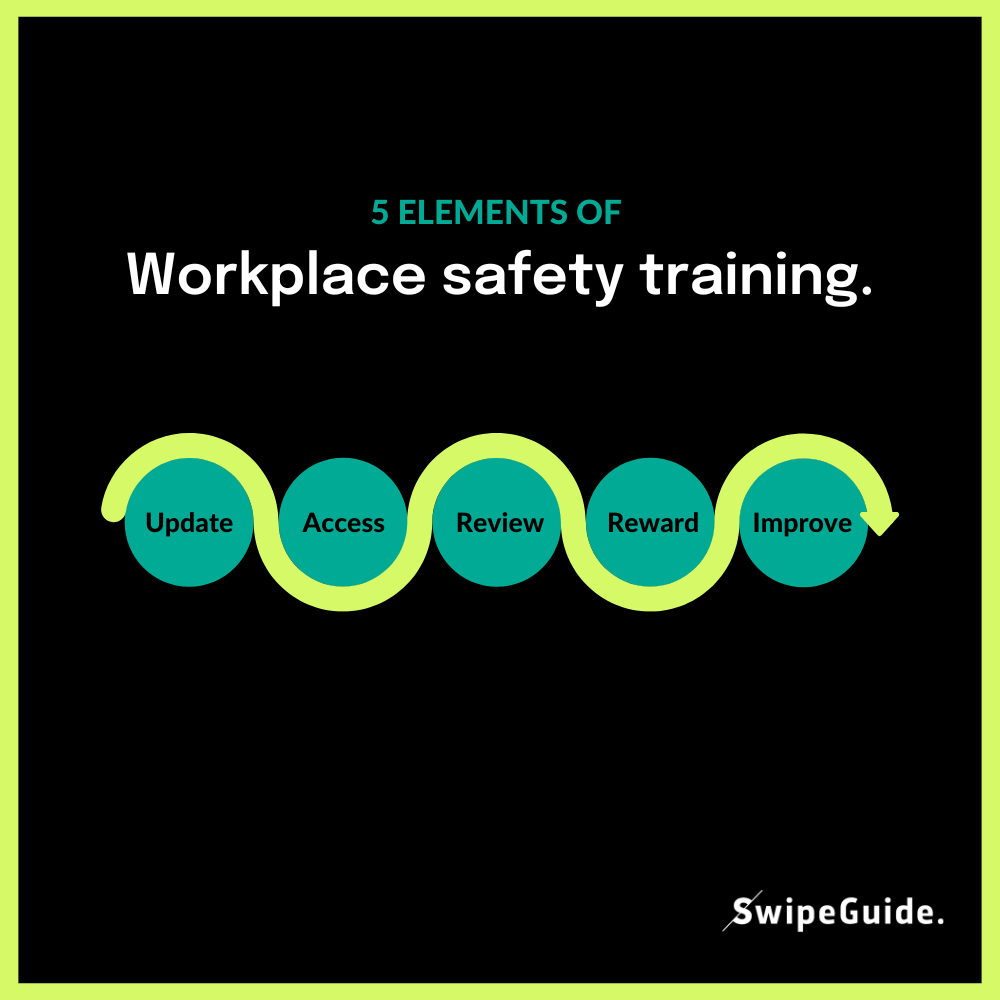
- Update: Update workplace safety SOPs (both instructions and checklists) regularly to include the most relevant information. Remember that your workers are your best resource. Approach the development of training material as a collaborative effort. Seek out workplace training SOPs solutions that prioritizes feedback from your workforce.
- Access: Make workplace safety SOPs accessible to all employees in a way that's easy to access and understand. Effective instructions are not just for machines and factory processes. All safety procedures such as evacuation routes, emergency shutoffs, and other essential information should be centrally located and available digitally, anywhere in the factory.
- Review: Regularly review policies and enforcement to ensure effectiveness. Set recurring reminders for yourself to review and assess the validity of any existing workplace safety SOPs.
- Reward: Consider rewarding employees for participation to boost morale. It's not enough to highlight the "horror stories" of workplace safety gone wrong. Remember to highlight the positive preventative actions and the heroes behind them.
- Improve: Continuously improve processes based on input from your frontline team members to keep them informed, motivated, and involved. Continuous improvement is an important part of a healthy safety culture.
Want to learn more about topics around workplace safety SOPs?
👉 Quick Guide: Improve Food Quality Assurance and Safety in Manufacturing.
👉 Building your digital how-to library for safe operations.
👉 How to create smooth frontline training programs.



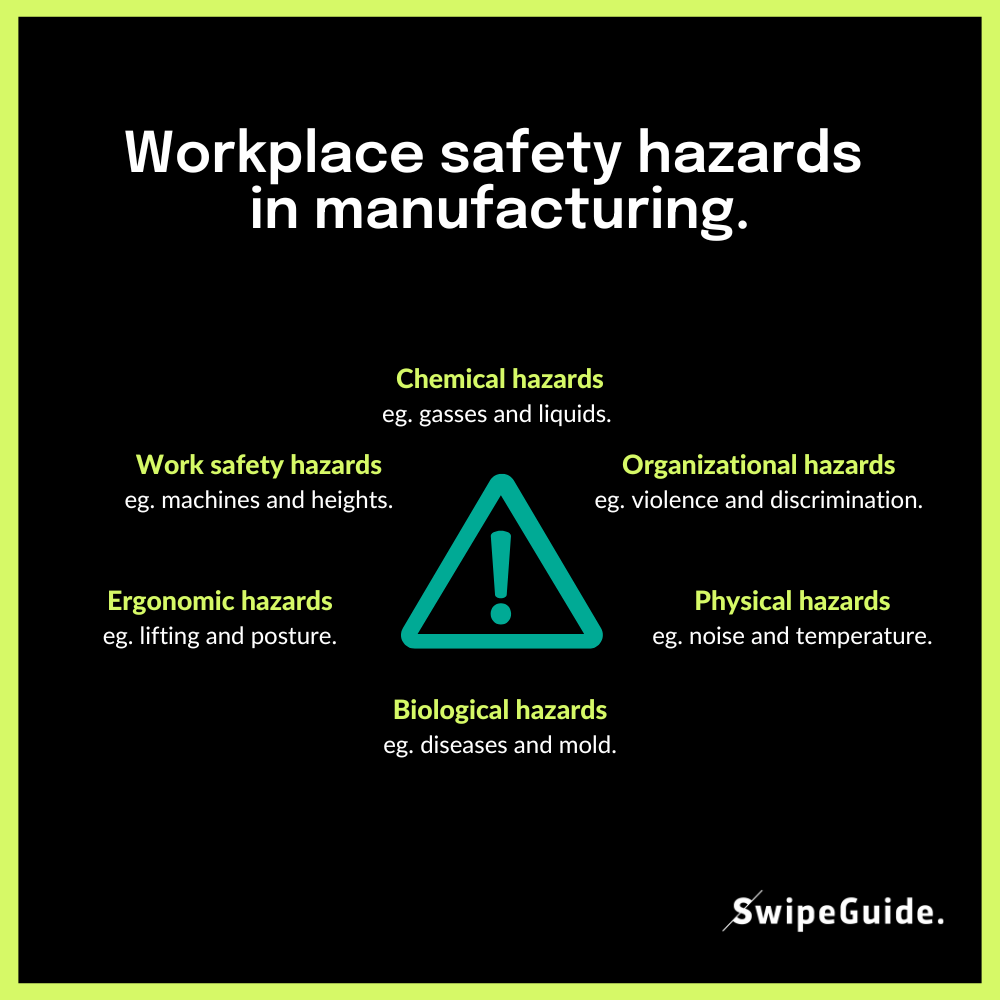
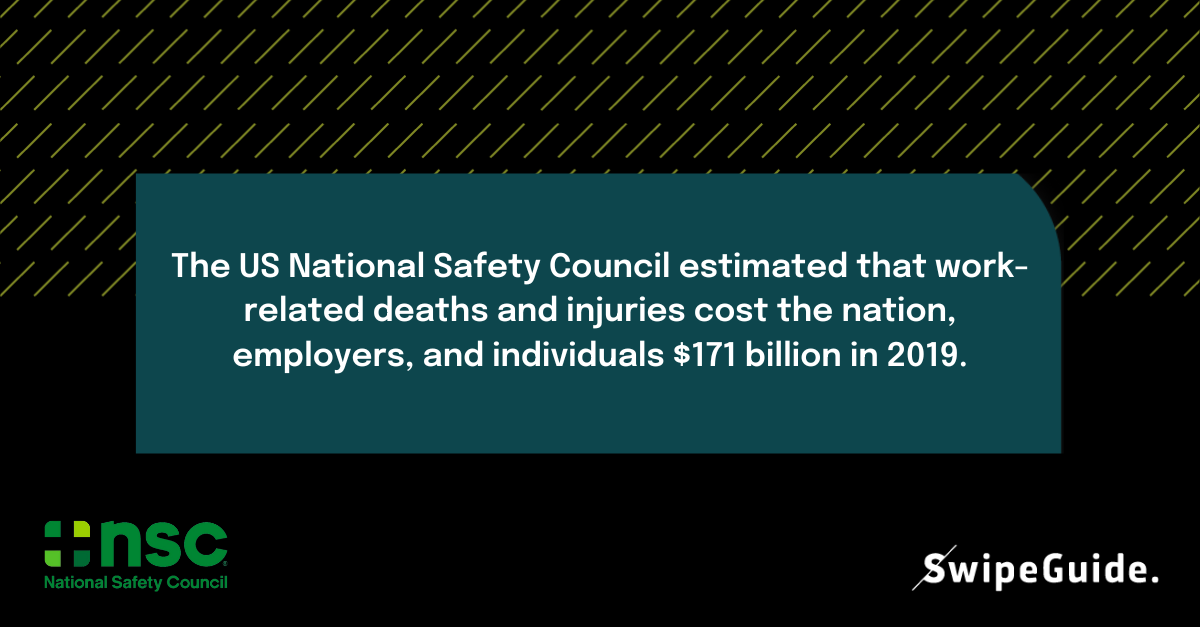
.png?width=1200&height=627&name=workplace%20safety%20sop%20(1).png)
.jpg?width=305&name=20210420_Swipeguide_002_%20(2).jpg)

